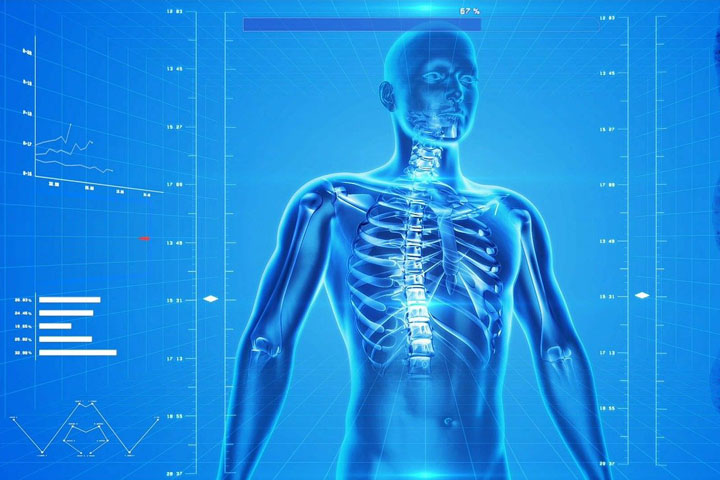A T-score compares an adult’s results with the mean peak bone mass (thickness of bones), of a large number of normal females and males between the ages of 20-40.

A T-score compares an adult’s results with the mean peak bone mass (thickness of bones), of a large number of normal females and males between the ages of 20-40.
A Z score compares the patient’s score with their own age group: this is usually used in the diagnosis of the spine in children and adolescents.
Their bone age should also be compared to their chronological age, by taking an X-ray of the bones of their non-dominant hand.
The IOS has broken up the scores in the osteopenia range, to make it easier for people to know exactly where they are on the scale.
When a person has a fragility fracture (broken bone from a trip and fall from a standing position or less), they should be considered to have osteoporosis, unless proven otherwise.
Research shows that most fractures (broken bones) occur within a T score of -1.5 to -2.49, which is the moderate to marked Osteopenia range.
If a person has developed a hump on their back, a DXA scan with an LVA (Lateral Vertebral Assessment) is recommended if available. If not available, a lateral thoracic x-ray of the spine is advised. This will show if the shape of the bones in this area are compressed due to an Osteoporosis fracture.
A DXA with an LVA (Lateral Vertebral Assessment) is a Lateral view (side view) DXA scan of the low, mid, and upper back, to rule out fractures in this area.
In an ideal world, everyone should have an LVA done.
We recommend that a person have a DXA with an LVA if you have any of the following:
NOTE: Many people have Osteoarthritis and Osteophytes (extra bony spurs) which may have developed on the bones in your spine, which can give a false higher bone density reading. This would make your bones appear healthier than they are.
A DXA scan usually measures your lumbar spine (lower back = L1, L2, L3 and L4) and your hips, neck of femur and greater trochanter The upper back (LVA) is usually specifically requested on the referral form and is only available in certain clinics.